azs
TPF Noob!
- Joined
- Dec 7, 2013
- Messages
- 1
- Reaction score
- 0
- Can others edit my Photos
- Photos NOT OK to edit
I'm thinking about buying a medium format camera. I have a couple questions:
- Is the image quality really head and shoulders above 35mm film? How big would I have to blow up the image to see a difference?
- Do you always have to shoot with a tripod?
- How hard is it to focus? And how do you focus, anyway?
- I've been looking at medium format cameras for sale at KEH, and the cheaper ones say "Without Waistlevel." I'd like to save a little money, but is giving that up worth it? (If it matters, I'm planning to shoot outdoor portraits.)




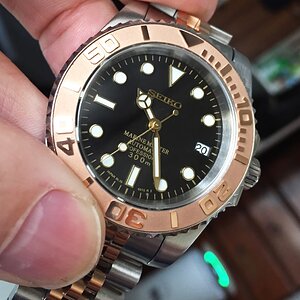
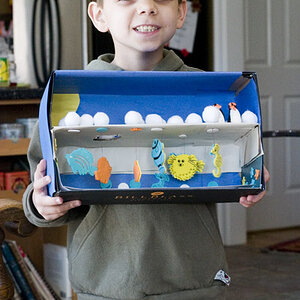
![[No title]](/data/xfmg/thumbnail/37/37610-09a3b763265223288ccc8f30a63a666b.jpg?1619738149)
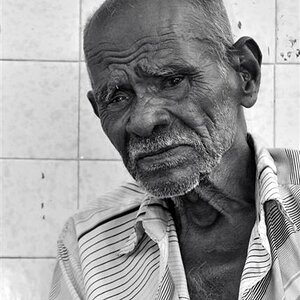
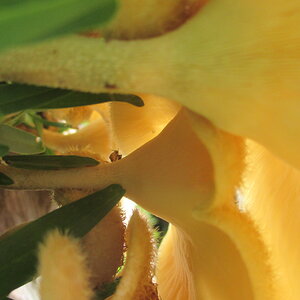
![[No title]](/data/xfmg/thumbnail/32/32180-aee1597d1cfb87ae220637f19420b65b.jpg?1619735235)
![[No title]](/data/xfmg/thumbnail/31/31977-2b717e032201241cbeae8226af23eba4.jpg?1619735136)

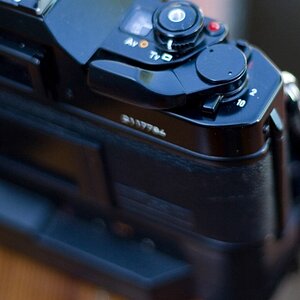
![[No title]](/data/xfmg/thumbnail/32/32176-48b4ba2fc0e35afa267c5882154e7620.jpg?1619735235)
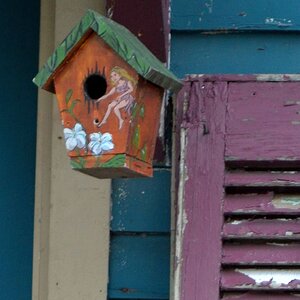
![[No title]](/data/xfmg/thumbnail/32/32177-3a3d923fa1584c6ef7d6602aaa24fbc6.jpg?1619735235)